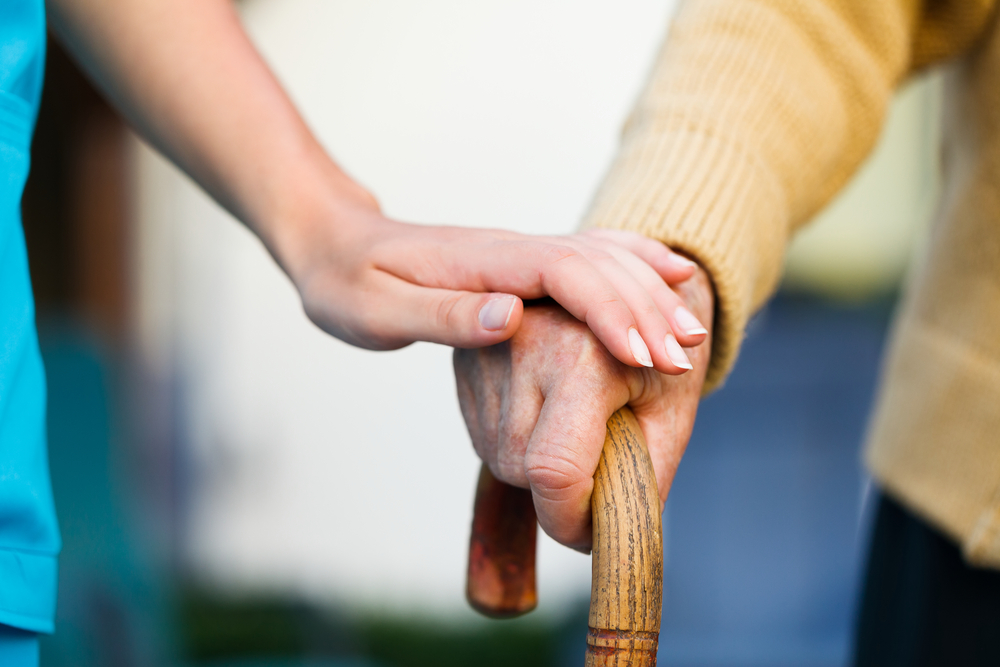Alzheimer’s Association Reveals Truth, Debunks Myths About the Disease During Awareness Month in June
Written by |

The Alzheimer’s Association will use Alzheimer’s & Brain Awareness Month to debunk myths related to the disease, while raising awareness about some truths – including being open about how fatal the disease really is: Alzheimer’s disease (AD) is the sixth-leading cause of death in the U.S. and the only one among the top 10 that cannot be prevented, cured, or even slowed.
The Alzheimer’s Association will encourage everyone to find out more about AD and to show their support for people living with the disease by:
- Participating in The Longest Day event on June 20 – a sunrise-to-sunset event meant to honor those facing Alzheimer’s every day;
- Joining the Alzheimer’s Association in wearing purple throughout the month, especially on June 20. You can show your support by sharing photos of yourself, family and friends dressed in purple – the movement’s signature color – via Twitter, Facebook, or Instagram with the hashtag #ENDALZ; and by
- Reading the following critical truths about Alzheimer’s disease.
These truths are:
- Alzheimer’s is fatal and there are no survivors. In addition, between 2000 and 2013, the number of Alzheimer’s-related deaths increased 71 percent while deaths related to other major diseases decreased. More than 5 million Americans live with Alzheimer’s disease today, and the number is expected to reach 16 million by 2050.
- Alzheimer’s is not part of normal aging. It is a fatal and progressive disease that attacks the brain by killing nerve cells and tissue, thus affecting patients’ ability to remember, think, and plan. Brain changes associated with the disease may appear as early as 20 years before other symptoms appear. Age is the greatest known risk factor, but Alzheimer’s is not a normal part of growing old.
- Alzheimer’s is more than just losing your memory. Many believe the disease only manifests itself through memory loss. In reality, there are a variety of related symptoms depending on the patient. Each person will experience different symptoms throughout the several stages of AD. Experts from the Alzheimer’s Association have pinned down 10 Key Warning Signs so everyone can learn to recognize them in themselves and others.
- Alzheimer’s affects more women, African-Americans, and people of Hispanic origin. The truth is, African-Americans are nearly twice as likely to have Alzheimer’s or other types of dementia. Hispanics are about one to one-half times more likely, and more than two-thirds (66 percent) of Americans with Alzheimer’s are women.
- Early diagnoses matter. More than 5 million Americans are estimated to live with Alzheimer’s but only about half of them have been officially diagnosed. In addition, only 45 percent of seniors diagnosed with Alzheimer’s, or their caregivers, are aware of the disease’s diagnosis due to the low public awareness and general misconceptions about the disease that often delay official recognition. “Early diagnosis allows better access to quality medical care and support services, and provides the opportunity for people with Alzheimer’s disease to participate in decisions about their care, including providing informed consent for current and future plans,” Ruth Drew, the Alzheimer’s Association director of Family and Information Services, explained in a press release. “Knowing the diagnosis early enables the person with Alzheimer’s to get the maximum benefit from available treatments, and may also increase chances of participating in clinical drug trials that help advance research.”
- Alzheimer’s cannot be prevented, but you can actively reduce your risks by adopting healthy habits that improve your brain’s health. Staying mentally active is critical, as well as exercising regularly and eating healthy diets. There is also evidence that social engagement with friends, family, and the community can be beneficial. Learn more about the Alzheimer’s Association’s tips on 10 Ways to Love your Brain.
- Alzheimer’s is the most expensive disease in the U.S. The disease costs taxpayers $18.3 million per hour. As the number of U.S. patients grows, the total annual payments for healthcare, long-term care and hospice care for people with Alzheimer’s and other dementias are projected to increase to more than $1 trillion by 2050.
- Caregiving can become anyone’s reality without announcement. “The enormity of the Alzheimer’s crisis is felt not only by the more than 5 million people in the U.S. living with the disease today, but also by their more than 15 million caregivers, friends, and family,” Drew said. A report titled “2016 Alzheimer’s Association Alzheimer’s Disease Facts and Figures” estimates that 250,000 children and young adults between the ages of 8 and 18 already provide help to someone suffering from Alzheimer’s or another dementia. Additionally, 23 percent of Alzheimer’s and dementia caregivers are part of the “sandwich generation” caregivers – people who must care for an aging parent and for an underage child.
“Everyone who has a brain is at risk of developing Alzheimer’s. Misunderstanding crucial facts about the disease can have devastating consequences for people living with Alzheimer’s and their caregivers, families, and friends,” Drew concluded. “During Alzheimer’s & Brain Awareness Month, we are debunking the harmful misconceptions that keep people from seeking an Alzheimer’s diagnosis and reduce access to needed resources, clinical trials, and support services.”





